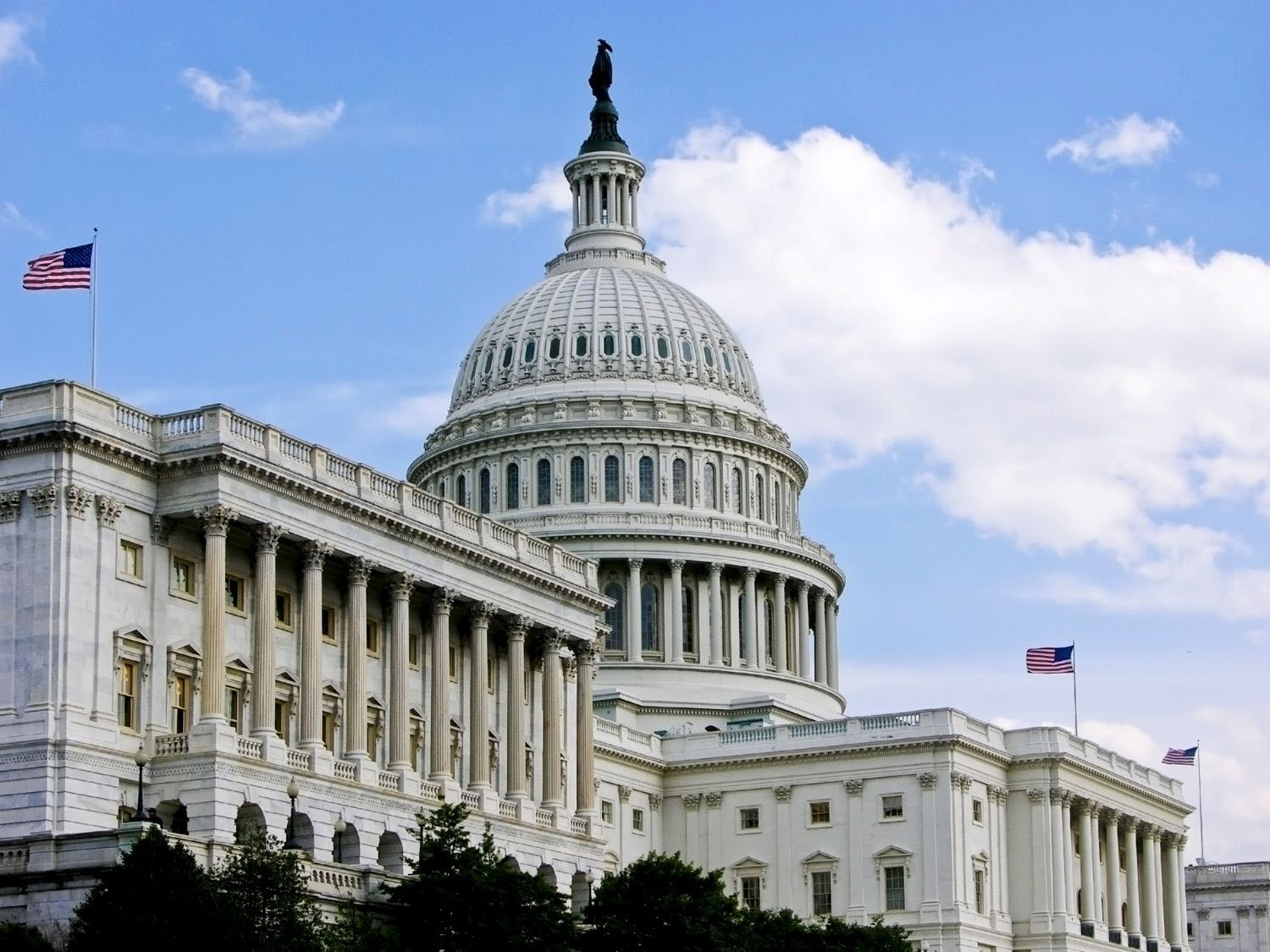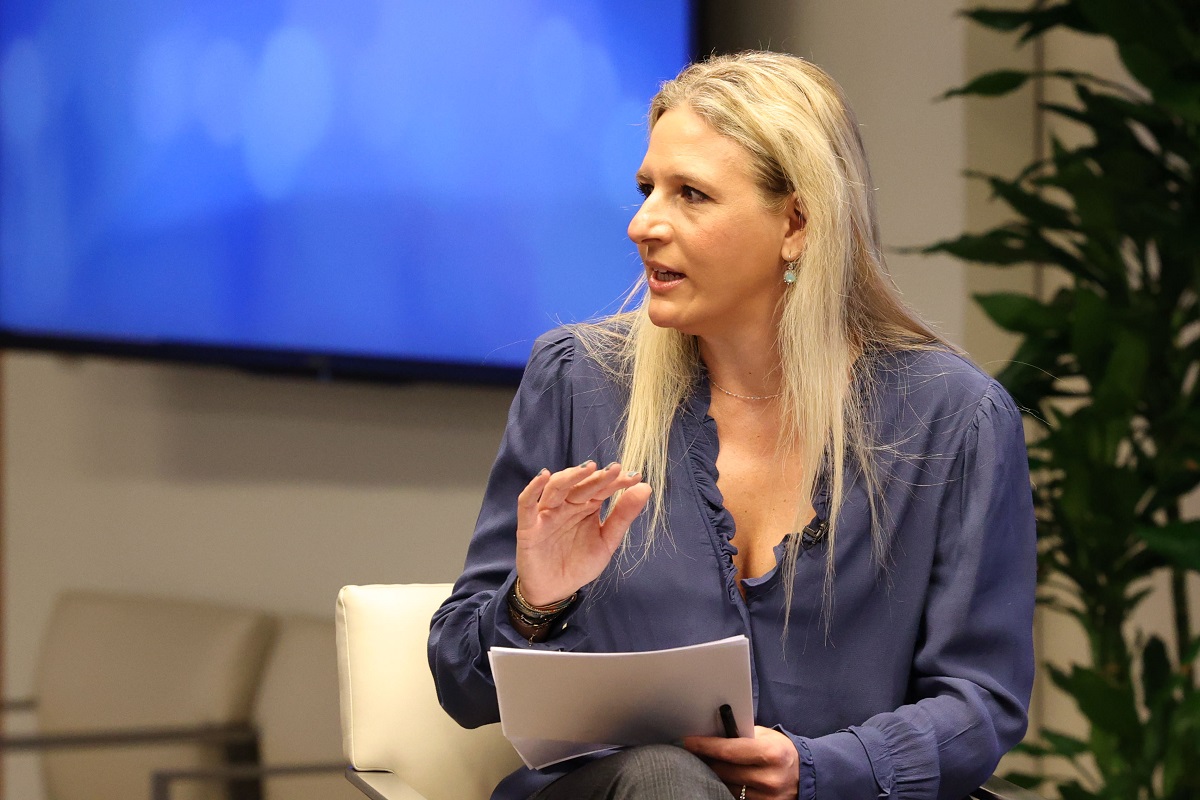Recommended
Debt suspension clauses (DSCs) are having their moment in the international policy arena spotlight. Also known as “pause clauses” or climate-resilient debt clauses, DSCs are mechanisms that allow a country to temporarily suspend debt repayments for a pre-agreed period (generally 1-2 years) if a natural disaster hits. They feature prominently in the Bridgetown Agenda, which calls on all major lenders to include DSCs in their debt instruments to better absorb climate shocks.
In the right context they have the potential to be an important feature of a more just and less crisis-prone international financial architecture. So far, however, they have only appeared in a handful of bond issuances, usually in the context of debt restructurings in small island states. As standalone features in single loan instruments, they do not have significant financial impact—suspending payments on a single loan won’t generally provide meaningful liquidity relief to a country in a crisis. But if systemically incorporated across multiple debt instruments—including private commercial debt, bondholder debt, bilateral debt, and multilateral debt—DSCs could provide meaningful breathing room in a crisis.
For DSCs to work, then, they need to be included widely across different classes of sovereign debt. Some countries, including the UK, are now including as them as an option in their bilateral lending, and others could soon follow. The question of MDB adoption is pivotal for DSC mainstreaming efforts. Debt suspension has rarely featured in the MDB playbook, but as a major source of external financing for low-income and vulnerable countries, for DSCs to succeed at scale, the MDBs will need to be part of the broader push.
What are debt suspension clauses, and why haven’t they been more widely used?
DSCs are a category of state-contingent debt instrument that provide countries with timebound debt service relief in the event of a pre-defined exogenous shock. Payment suspensions are automatic if pre-agreed parametric triggers—explicit quantitative or qualitative conditions—are met. DSCs are almost always net present value (NPV) neutral, meaning that, over the life of the instrument, they do not result in a debt write off.
DSCs are complicated instruments to design and implement, which has limited their uptake to date. Some of the issues include:
Getting triggers right is not easy. The experience of the Pandemic Emergency Financing Facility (PEF) at the World Bank is an example of how poorly designed triggers can undermine the relevance of parametric instruments: PEF bonds still hadn’t paid out by the beginning of April 2020, well after the scale of COVID’s devastation was clear. To be credible, triggers need to be easily measurable, verifiable, and immediate. For these reasons, most triggers tend to be heavily quantitative. For example, Barbados uses triggers tied to the Caribbean Catastrophe Risk Insurance Facility (CCRIF), which maintains live measurements of rainfall, wind speed, and air pressure. If these indicators exceed a pre-determined threshold, the country’s payments on local currency bonds can be deferred for two years.
The savings from DSC can be insignificant compared to the cost of the crisis response. For example, if Grenada’s restructured Eurobond DSC were triggered, it would result in fiscal space equal to 0.8 percent of GDP. For comparison, in 2004, Hurricane Ivan inflicted damage on Grenada equal to more than 200 percent of GDP. To mobilize meaningful fiscal space for countries in crisis, DSCs need to be included across a larger swath of debt instruments, including bonds, multilateral and bilateral development finance institutions loans, and syndicated loans from the private sector.
Pricing effects are not yet fully understood. While the sample is still small, early analysis of Barbados and Grenada suggest there is a minimal price impact of including DSCs in bond instruments. Research from a UK-convened Private Sector Working Group on Climate Resilient Debt Clauses found that “early anecdotal evidence suggests that the debt of Grenada or Barbados containing CRDCs [DSCs] did not at any noticeable point trade at a wider spread than similar peers.” IMF analysis featured in the latest Bahamas Article IV report found that, for countries with intermediate and high debt levels, DSCs may actually reduce financing costs.
DSCs are relevant only for a subset of countries. The UK-convened working group highlighted that DSCs are most likely to be suitable for low-income countries, small island developing states, and other developing countries particularly vulnerable to the impacts of climate change that do not benefit from sustained market access. The IMF analysis finds that DSCs are likely to have the most beneficial effect on financing costs of countries with intermediate to high levels of debt, since they would have the most to gain from temporary liquidity relief. Countries with low levels of debt could conceivably manage their debt service even in the event of crisis, and big, consistent issuers—climate vulnerable or not—might prefer to secure liquidity through additional bond issuances.
DSCs do not provide solutions for solvency crises and unsustainable dynamics. Properly deployed, they can offer countries short-term liquidity in times of crisis, but if a country’s underlying debt stock is beyond its capacity to repay in the medium term, they may just kick broader sustainability issues down the road. And because they do not extend the life of the loan, DSCs can potentially generate a lumpier and heavier repayment schedule when repayments resume.
Where have DSCs been employed?
Note: Scroll down and to the right to see the full table. For mobile users, use landscape.
Should the MDBs adopt DSCs?
MDBs have historically eschewed participating in temporary debt suspension initiatives. Most recently, in the early days of the COVID pandemic, the international community launched a debt service suspension initiative (DSSI) that allowed countries to request a temporary pause on their repayments to external creditors. But the MDBs did not join this initiative and argued that their participation would be interpreted by rating agencies as a credit event and jeopardize their preferred creditor status (PSC). This would in turn have affected their AAA credit ratings and their ability to make new loans to countries at cheap rates.
DSCs offer a potentially elegant solution to this dilemma for MDBs. Since they are embedded in loan contracts – not retroactively applied – they can be designed in a way that is compatible with PSC. The Inter-American Development Bank (IDB) has been leading the MDBs in this area and has so far been the only major MDB to offer a DSC-type instrument. The IDB’s version, known as principal payment options (PPOs), offers a potential blueprint for the rest of the MDB system. In particular, IDB PPOs are designed to avoid being construed as a restructuring since they are provided on a voluntary basis (i.e., not systematically included in all IDB loans) and carry a small fee (0.1 percent per annum). The triggers are determined by the IDB, and payment suspensions are NPV neutral and maintain the original maturity of the loan.
Another interesting feature of the IDB PPO is that they are designed to be deployed as part of a wider risk preparedness and financing framework. To be eligible for an IDB PPO, countries need to have a contingent natural disaster credit line with the IDB. If a pre-defined natural disaster hits, this helps increase the magnitude of liquidity a country can obtain if a crisis hits since CFF provides liquidity support and PPO provides payment relief.
If MDBs do adopt DSCs, they’ll need to tackle several issues
If the MDBs are to adopt DSCs, another key will be how to expand the geographic scope—so far the use of DSCs in MDB loans has been heavily concentrated in Caribbean states. Climate vulnerable countries—including larger countries such as Mozambique, Madagascar, and Kenya—have seen an expansion in the frequency and variety of natural disasters, with drought and epidemics in one year giving way to storms and flooding in another. To provide these countries with the flexibility necessary to respond to all crises and proactively manage their debt service obligations, DSCs need to be inclusive of a wider variety of disasters. The issue of designing tailored but relevant triggers for a wider array of risks could be another way that MDBs could lead the adoption of DSCs.
And finally, there are important questions around ambition and scope—including whether DSCs should be systematically included in vulnerable countries’ loans, rather than only on a voluntary basis. For instance, should DSC-type provisions be systematically included in vulnerable low-income country loans to allow IDA and other MDBs to effectively participate in (or lead) a DSSI-type process when the next major global crisis hits? In the first six months of the COVID-crisis, DSSI participants repaid nearly $500 million to IDA. If IDA loans had included a DSC with a pandemic trigger, these funds could have gone directly to crisis response and pandemic preparedness and the cost to IDA’s medium-term commitment capacity would likely have been small, especially if the proposal was NPV neutral.
So what next? As a starting point, DSCs should feature more prominently in the discussions around the evolution of the World Bank and other MDBs. Responding quickly to crises and helping vulnerable countries more effectively manage risk are core components of a modernized MDB system, and DSCs can enable MDBs to do both better. These clauses are not a complete solution to creating a more resilient world, but they are certainly one critical element of a safer financial system. Any effort to make DSCs mainstream will likely require MDBs to adopt and champion them. As the largest MDB with a global reach, the World Bank could be a standard setter in this effort.
We thank the Centre for Disaster Protection for inviting us to a private roundtable Innovations in Sovereign Debt: Taking Debt Pause Clauses to Scale on March 23, 2023. We invite you to read their work on the topic.
Disclaimer
CGD blog posts reflect the views of the authors, drawing on prior research and experience in their areas of expertise. CGD is a nonpartisan, independent organization and does not take institutional positions.
Image credit for social media/web: Adobe Stock






